This delightful ink is signed with the artist's stamp at the bottom right.
A certificate can be requested from the association of friends of Louis Valtat which meets every three months after which the work will be included in the artist's catalogue raisonné.
the dimensions of the sheet without frame: 31.5 x 21.3 centimeters.
Presented under glass in a Montparnasse frame in carved wood the dimensions including frame: 47 x 36 centimeters
Ripples in the paper are visible without hindering the reading of the work.
Biography:
Louis Valtat entered the École nationale des Beaux Arts in 1888. His two teachers, Boulanger and Lefèvre, also gave courses at the Académie Julian. He thus completed his training in this free academy attended by Bonnard, Ker Xavier-Roussel, Albert André… Louis Valtat had a certain influence on the painters of his generation. He would lead them out of the Academy to find themselves gathered at the Indépendants; among them, Maurice Denis and Bonnard. He exhibited for the first time at the Salon des Indépendants in 1893. He rubbed shoulders with the Nabis supported by the Natanson brothers in La Revue Blanche. Valtat exhibited woodcuts and published prints. He participated, with Albert André and Toulouse-Lautrec, in the creation of the sets for The Terracotta Chariot, a Sanskrit drama performed in 1895 at the Théâtre de l'Oeuvre de Lugné-Poe. The works of the Parisian period were followed by the colourful views and scenes of the Bassin d'Arcachon that Valtat sent to the Salon des Indépendants in 1896. Then came the Agay period (1899-1915) when our painter bought a villa hanging over the red porphyry valley. From 1900, Vollard became his official dealer. The effects of the sun on the shores of the Mediterranean became the preferred motifs of his work. He visited Signac in Saint Tropez and Renoir who had settled in Cannes. The coasts of the South, like the coasts of Normandy where he came from, were an opportunity for the artist to renew the lessons of his masters and to inaugurate a new relationship with light and colour. This research triumphed at the Salon d'Automne in 1905 where Valtat exhibited with Matisse, Derain, Vlaminck and the other Fauves thus named by Louis Vauxcelles. In 1906, Vollard suggested to Valtat, Bonnard, Maillol, Rouault, Matisse, Derain, Vlaminck, etc. that they decorate the tin-glazed earthenware of the ceramicist André Metthey. Valtat excelled in this ornamental work (polychrome silhouettes on a white background). At a time when his painted work was being shown abroad and the Russian collector Ivan Morosoff acquired several of his paintings (kept in the collections of the Hermitage in Saint Petersburg), Vollard dedicated an exhibition to him in 1909. In 1927, after purchasing two of his works, the State thanked him for his participation in promoting French art abroad by naming him a Knight of the Legion of Honour. After the Second World War, he joined the studio on Avenue de Wagram. He was blind but continued to paint lively still lifes of flowers and fruit against a backdrop of drapery. He exhibited in Paris (Galerie de l'Elysée, Galerie Charpentier, Galerie Durand-Ruel), in New York at the Whitney Museum in 1947. At the Salon d'Automne in 1852, a few months after his death, the critic René Domergue and the painter René Demeurisse paid him homage.



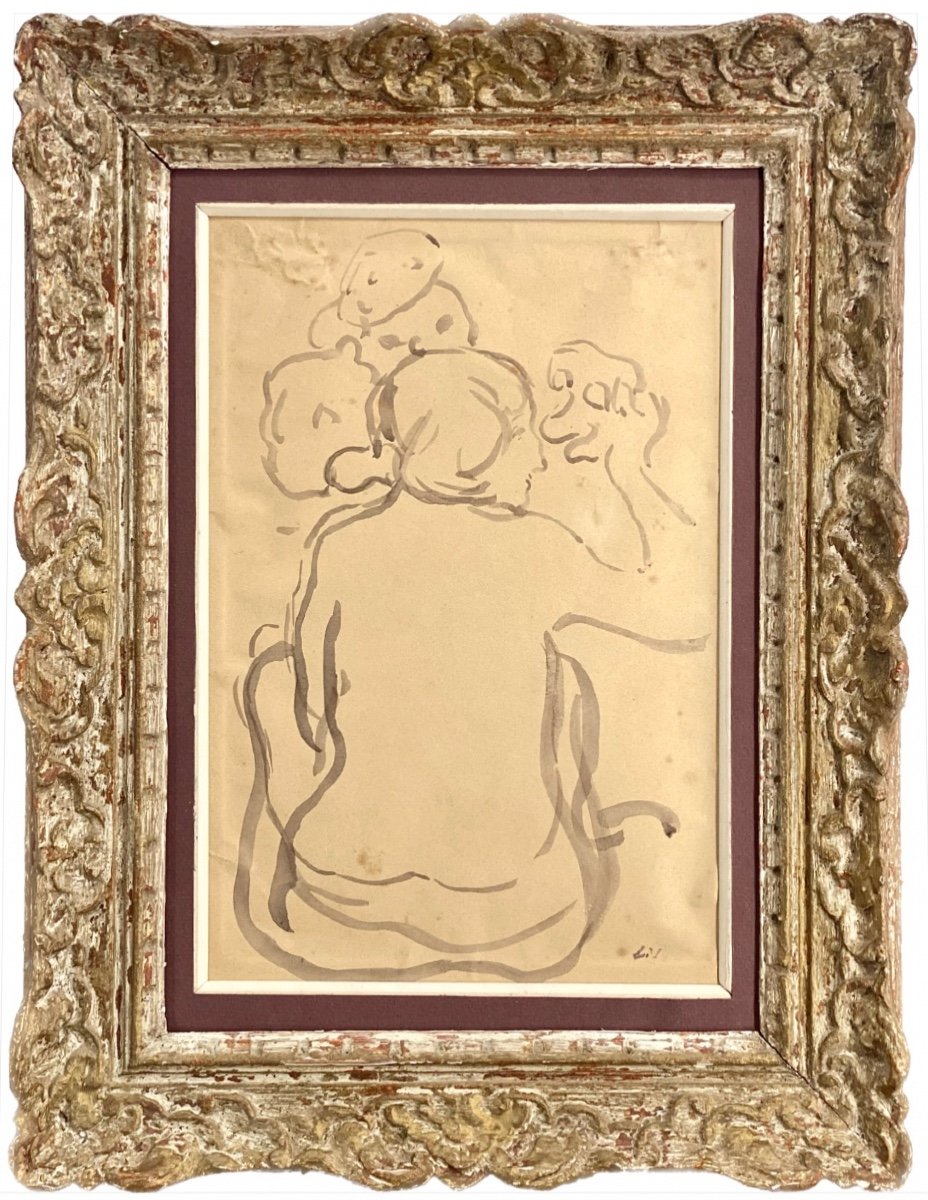
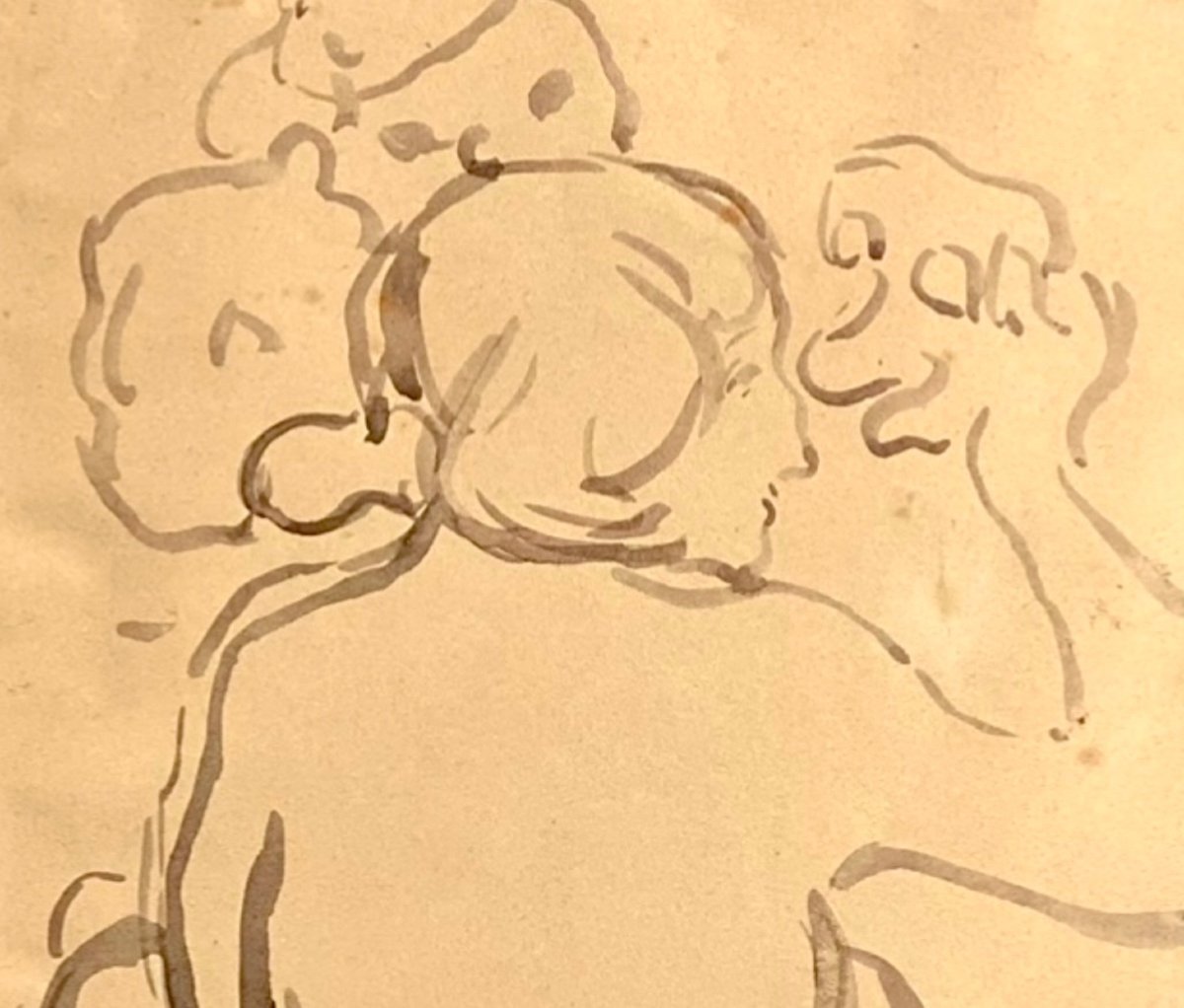
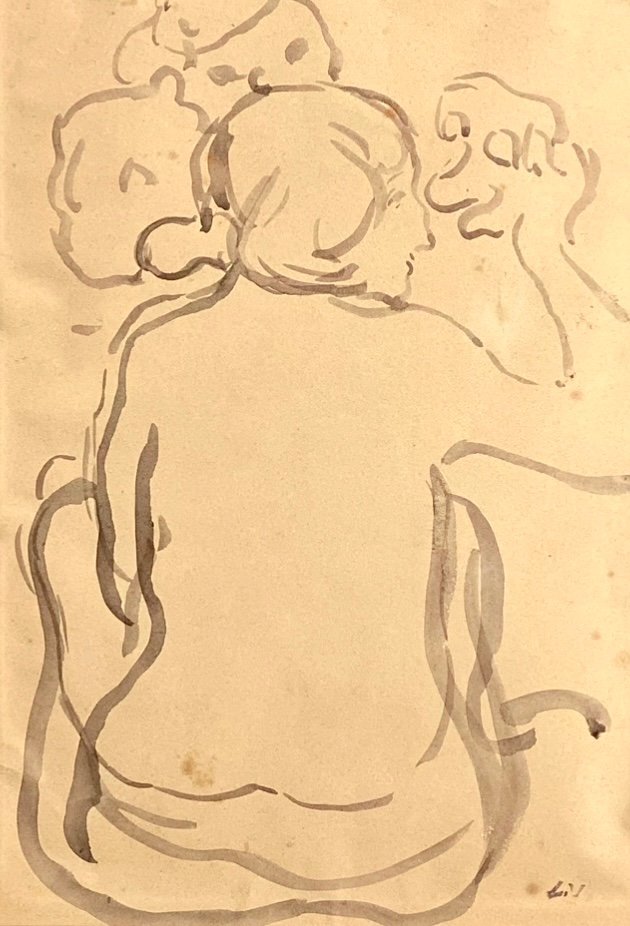
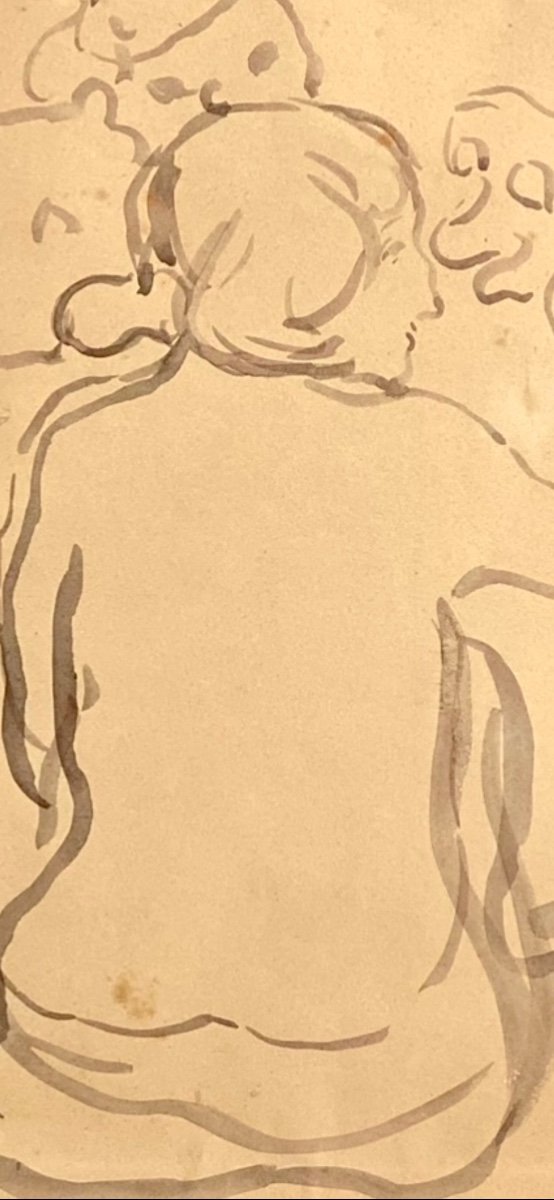
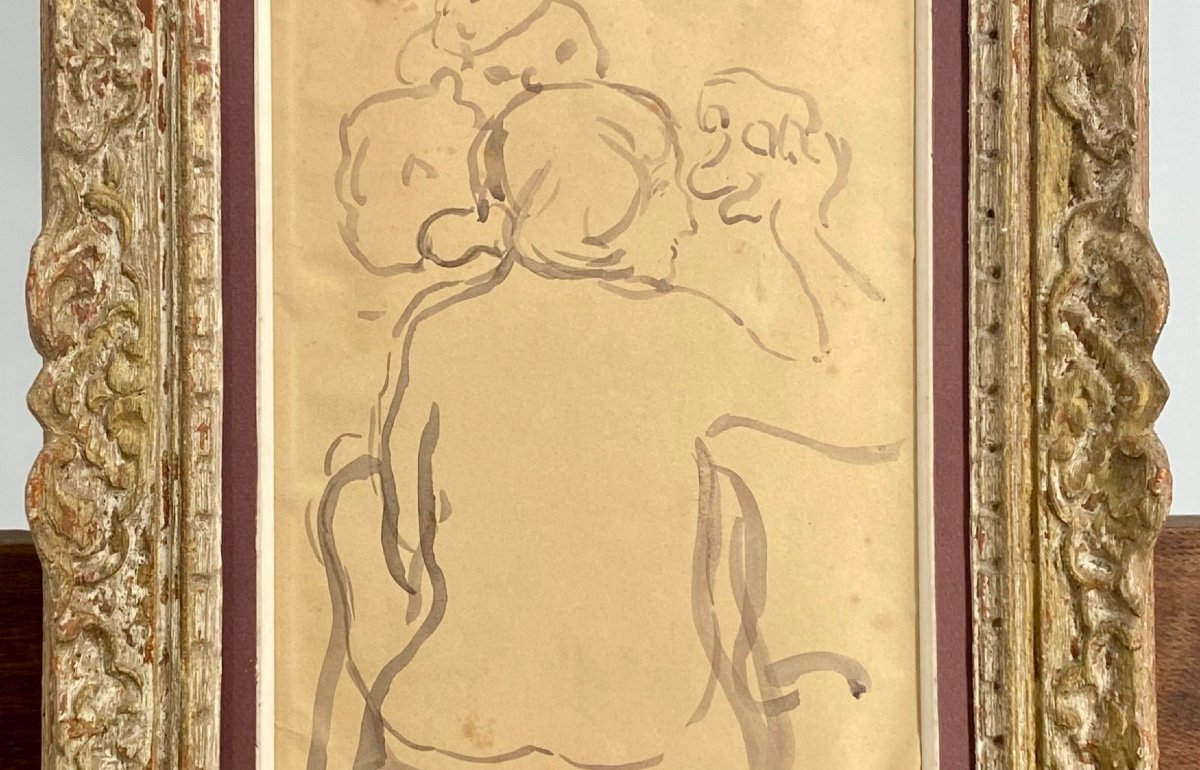

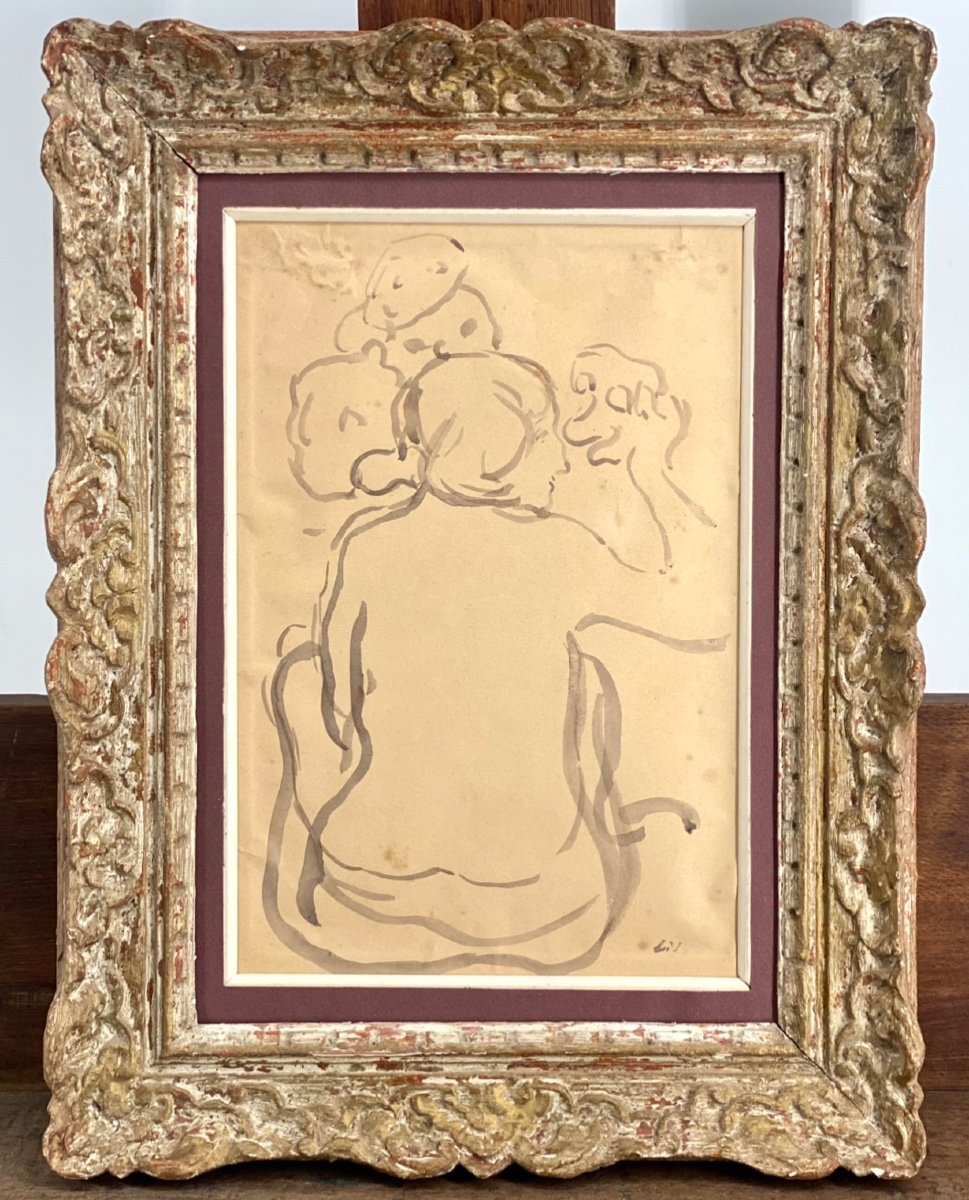







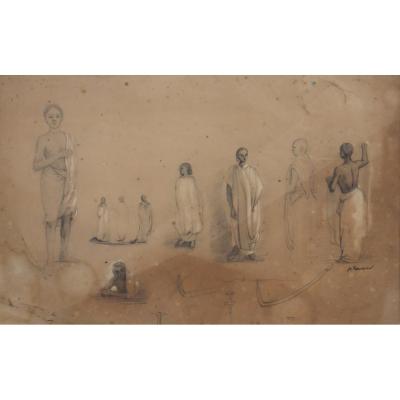
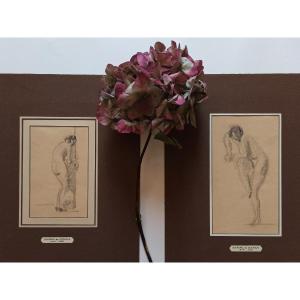
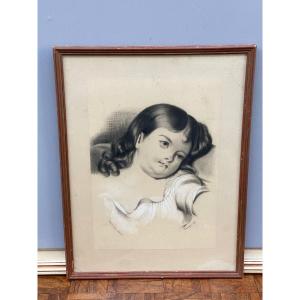

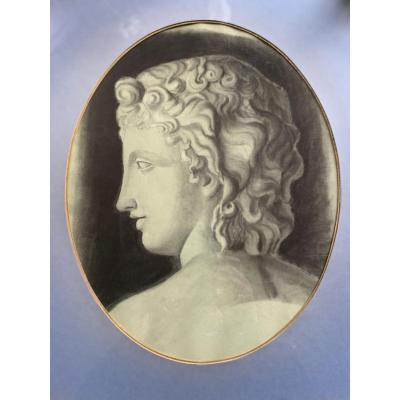



 Le Magazine de PROANTIC
Le Magazine de PROANTIC TRÉSORS Magazine
TRÉSORS Magazine Rivista Artiquariato
Rivista Artiquariato
